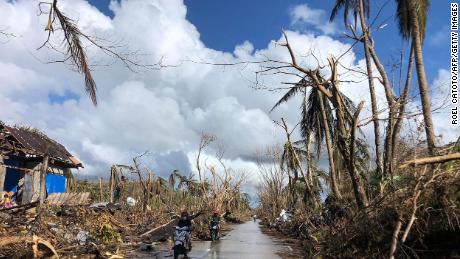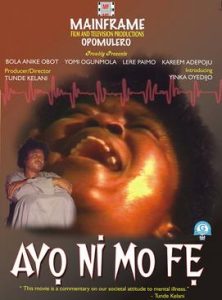Philippines’ typhoon death toll rises further as some areas remain cut off

Super Typhoon Rai — known locally as Odette — has now claimed at least 375 lives since it ripped through the archipelago late last week, CNN affiliate CNN Philippines reported, citing the Philippine National Police (PNP). At least 515 people are injured and 56 still missing, the PNP said. More deaths are expected to be confirmed as rescue operations continue. But aid workers face the difficult task of reaching some regions that are cut off due to debris-filled and waterlogged roads, some with telephone and internet connections down.At least 4.1 million children have been affected by the typhoon, according to Save the Children. More than 16,000 families in hard-hit Caraga are estimated to be sheltering in cramped evacuation centers, it added.Jerome Balinton, humanitarian manager of the organization, said the risk of disease spreading at these facilities is of “great concern.” “We are are starting to see the emergence of water-borne diseases, including diarrhea,” Balinton said. “Sanitation is a huge issue at these evacuation centers. With the Philippines still battling Covid-19, we worry for the safety of millions, including the most vulnerable children.” Balinton expressed concern over the longer-term struggles that might arise from the typhoon’s devastation, including food security and education issues. “Although we haven’t determined the extent of damage yet, there has been widespread destruction to schools,” Balinton said. “Poorer, more vulnerable communities can be exposed to exploitation after this disaster.” Scenes of the destruction were reminiscent of Super Typhoon Haiyan, known locally as Yolanda, which hit the Philippines in November 2013. That was one of the strongest storms to batter the nation, killing more than 6,000 people. Its powerful winds and enormous storm surge smashed buildings, destroyed roads and caused widespread power and water outages.







